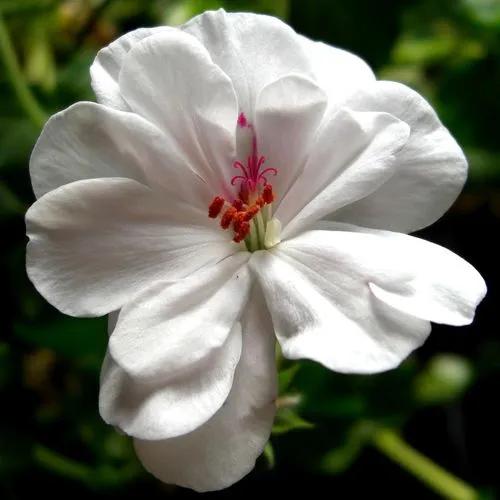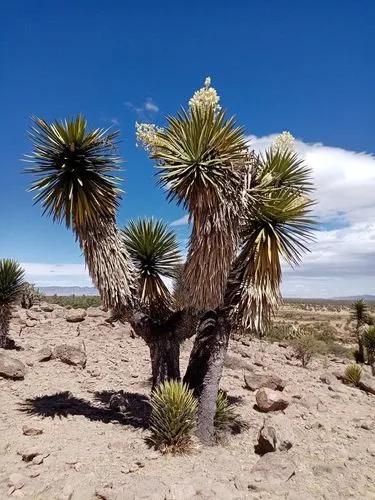Asclepias curassavica, commonly known as tropical milkweed, is a flowering plant species of the milkweed genus, Asclepias. It is native to the American tropics and has a pantropical distribution as an introduced species.
Tropical milkweed Care
Asclepias curassavica



Asclepias curassavica, commonly called blood flower, is a tender evergreen perennial in the dogbane and milkweed family. It is native to South America, but has naturalized worldwide in many tropical and subtropical areas. It typically grows as a subshrub to 2-3’ tall on upright stems clad with pointed, opposite, lanceolate leaves (to 6” long). Leaves are medium green sometimes with white midribs. Showy flowers with five sepals and five lobes appear in rounded axillary clusters (cymes) in late spring to early summer. Flowers are red-orange with yellow hoods. Flowering continues throughout the summer to early autumn. Plants can be poisonous to livestock. Additional common names for this plant include tropical milkweed, scarlet milkweed, swallow wort, Indian root and matal.
How to Care for the Plant

Water

Swamp milkweed varieties need either a naturally moist environment or regular watering. whorled and common milkweeds, as well as butterfly weed, are suited to a dry environment.

Pruning

Trim out dead and damaged leaves any time, pinching off or cutting off each of those leaves at its base. Avoid cutting into a plant's main stems or its crown, which is where its leaves and roots meet.

Fertilizer

Liquid fertilizers are applied more frequently, bi-weekly or monthly, for example. Granular products are used less frequently, perhaps once every month or two. Slow-release houseplant fertilizers break down slowly and release their nutrients in small amounts, over a longer period of time. A single application of most of these products lasts for three to four months.

Sunlight

Indoors, keep your plant in an area having plenty of bright filtered light.

Soil

Rich, well-draining soil.

Temperature

The plant can be found in the areas with the lowest winter temperatures between 20°F and 30°F or -6.7°C and -1.1°C. In colder areas, it can be grown as annual.

Container

Here’s a handy guideline: increase pot size by 2.5-5 cm (1 to 2 inches) in diameter for plants that are growing in pots 25.4 cm (10 inches) in diameter or less. For larger plants, those growing in pots greater than 10 inches in diameter, increase the pot size by 5 or 7.62 cm (2 or 3 inches) in diameter.

Popularity

2,485 people already have this plant 330 people have added this plant to their wishlists
Discover more plants with the list below
Popular articles






